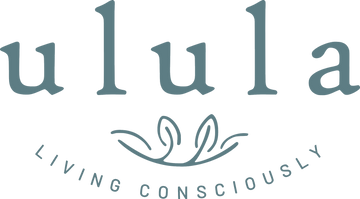
What is cradle cap
If your baby's scalp has flaky, dry skin that looks like dandruff, or thick, oily, yellowish / brown crusty patches, it's probably cradle cap. Cradle cap is a skin condition that is very common. It might not be beautiful, but it is harmless and it's not itchy and won't cause your baby any discomfort and it isn't contagious.
What causes cradle cap?
Cradle cap is not caused by poor hygiene or an allergy. It's thought that it happens as a result of hormones left in your baby's body from pregnancy. These stimulate secretions from the oil glands in the skin, making the dead skin cells, which normally fall off without us noticing, stick to the scalp. The secretions tend to reduce in the weeks and months after birth, which is why the condition usually clears up on its own a few weeks or months after birth. Other thoughts are that it is caused by a reaction to a yeast called malassezia which occurs naturally on the skin. Your baby may be inclined to have cradle cap if there is a family history of allergic conditions, such as eczema.
When does it occur?
Cradle cap most commonly occurs in the first few months and usually clears up of its own in about six to 12 months although some children have it for longer. Older children up to toddler age can get it, too. Cradle cap can also appear on baby's face, ears and neck, and around the nappy area, armpits and behind the knees, although this is rare. It's the same condition, but here it's called seborrhoeic eczema (dermatitis) rather than cradle cap.
How can I treat my baby's cradle cap?
For mild cradle cap, time is often the best treatment, as many children get better on their own by the time they are about a year old. We left cradle cap to clear naturally in our little ones, and it eventually did just that. The scales start to become flaky and come off easily, often with a few strands of hair attached, but the hair soon grows back. However, if you want to try and treat it, never be tempted to scratch or pick at the crust because this could lead to infection. While your baby has cradle cap, there are some ways to gently remove the scales:- Gently massage a mild baby oil into your baby's scalp. If you want to, you can leave the oil on overnight, and then carefully and gently brush off the softened flakes in the morning with a soft baby brush or towel. Clean the remaining oil off by shampooing with a mild baby shampoo.
- Stronger shampoos are available in pharmacies, but you probably won't need them. If you do decide to use a stronger shampoo, make sure you read the instructions first and keep it out of your baby's eyes.


